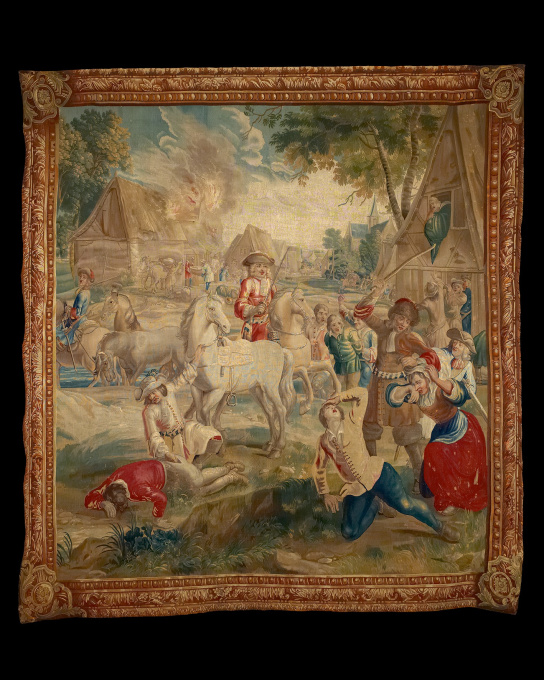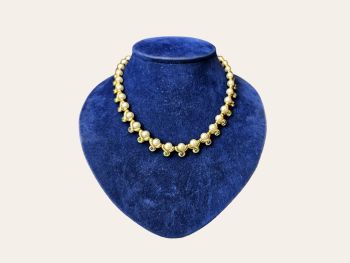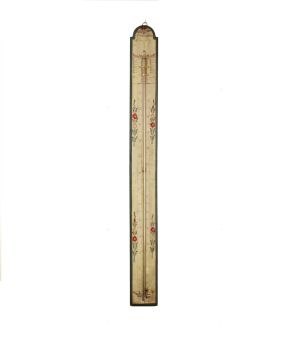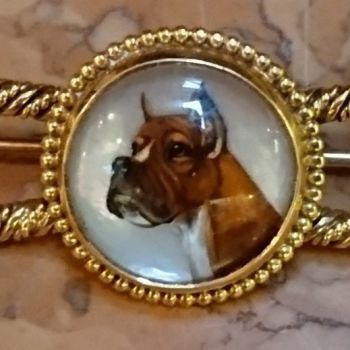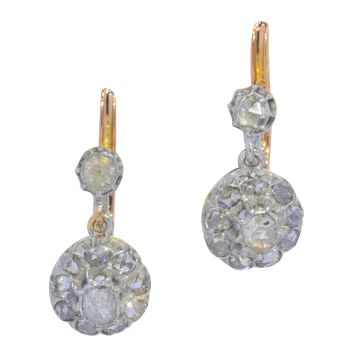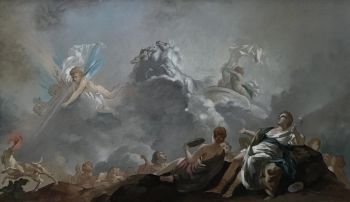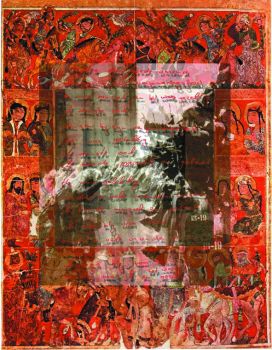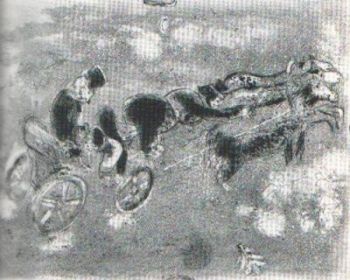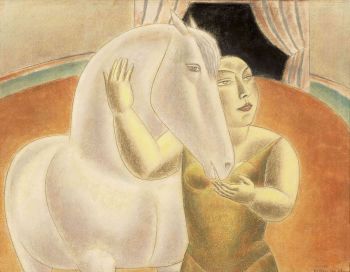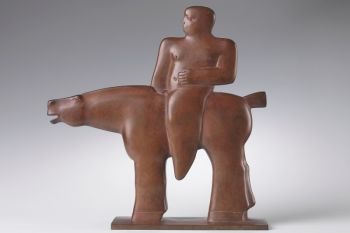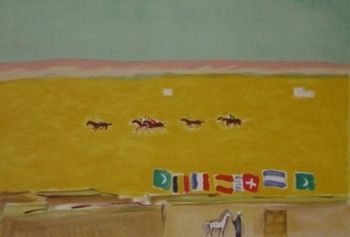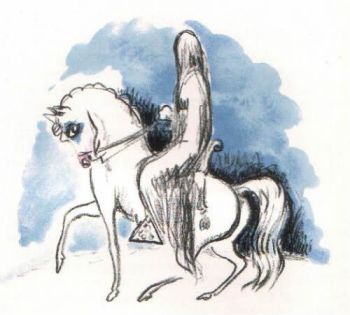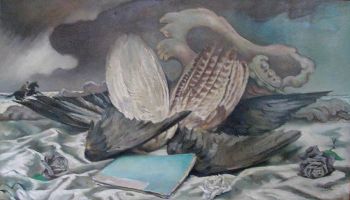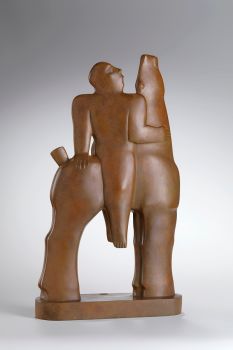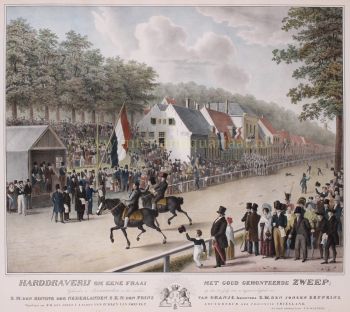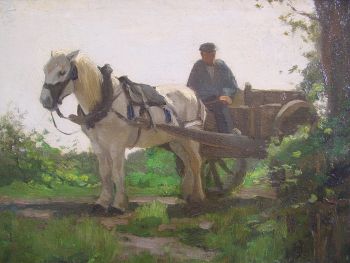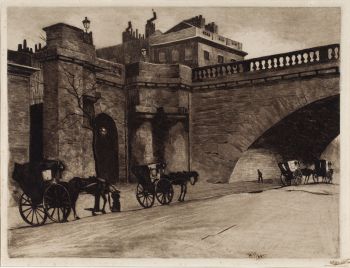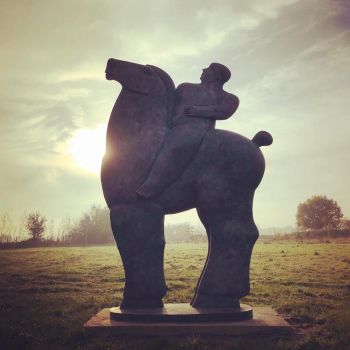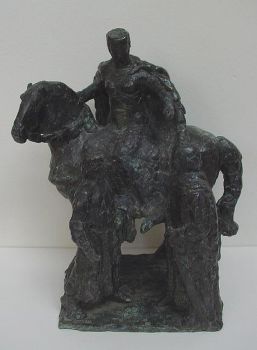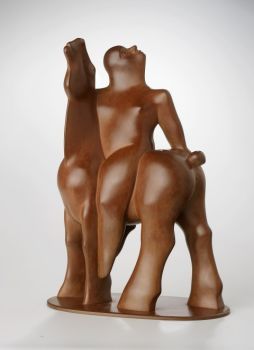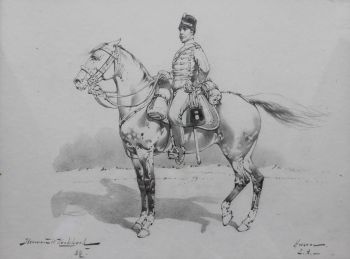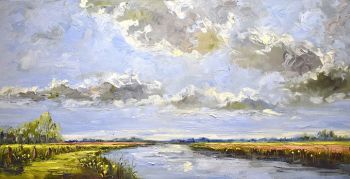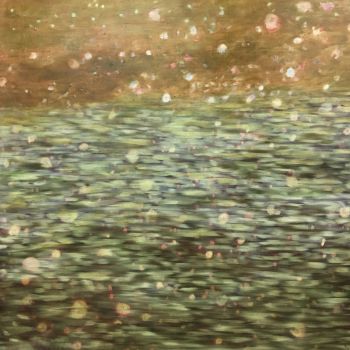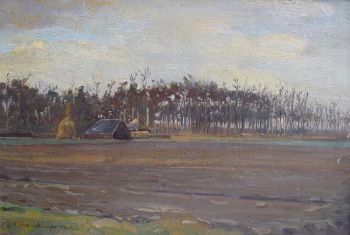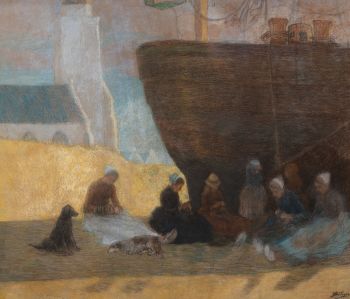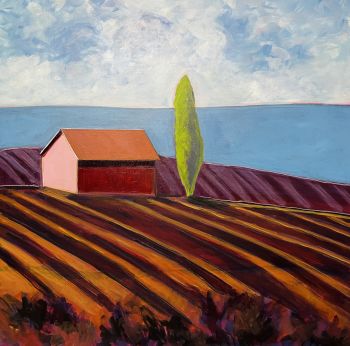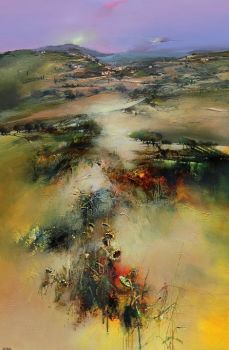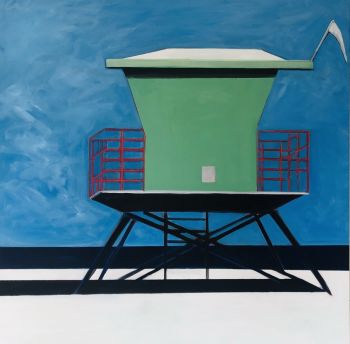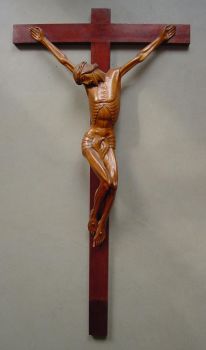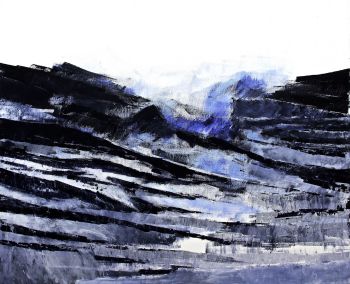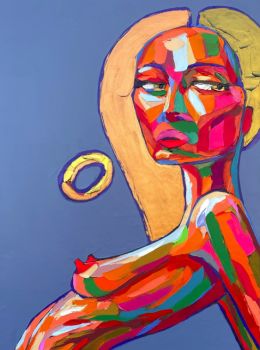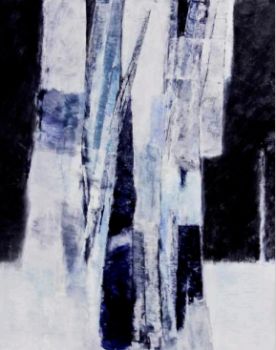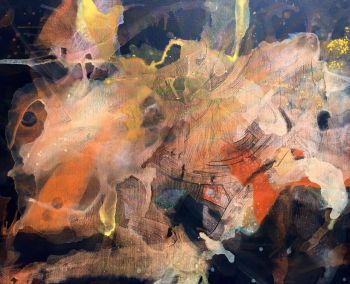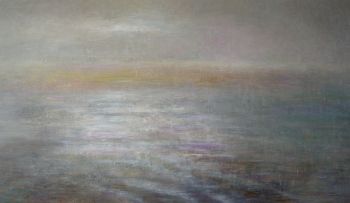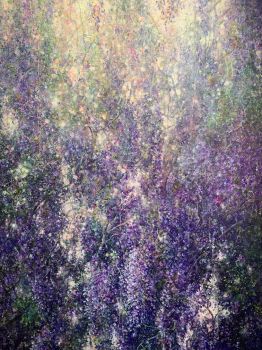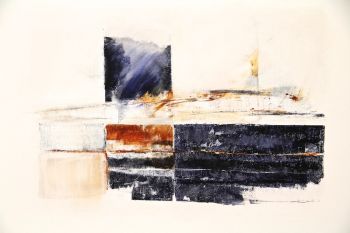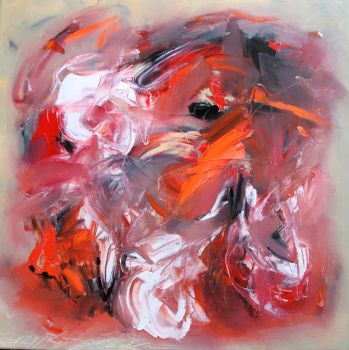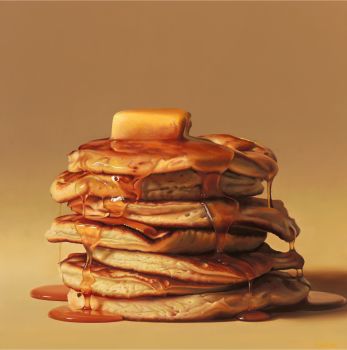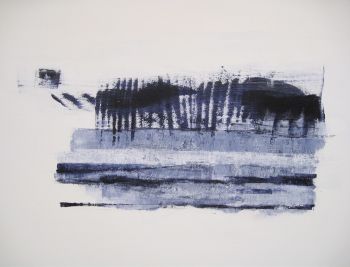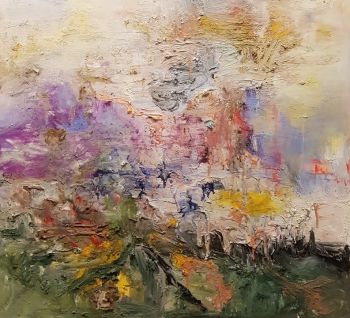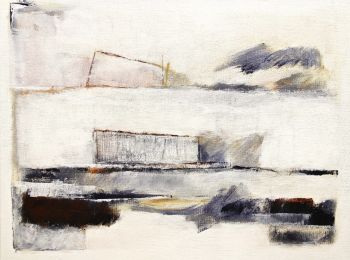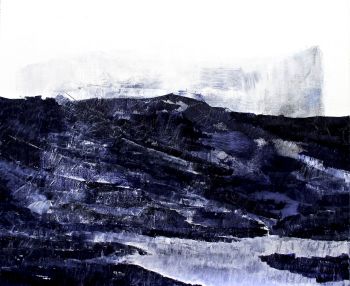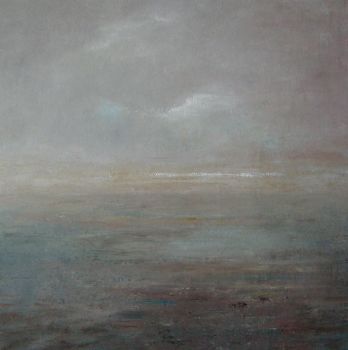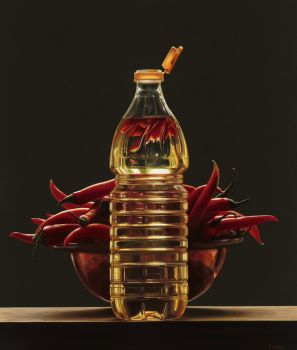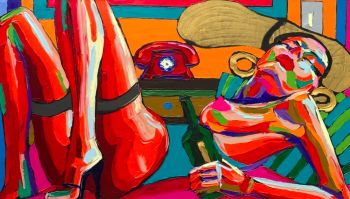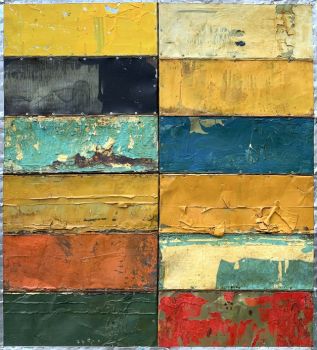Brussels Wall Tapestry 1700
Artista Desconocido
TextilLana
343 ⨯ 320 cm
Actualmente no disponible a través de Gallerease
- Sobre la obra de arteIn the workshop of Jérome le Clerc and Jacques van der Bocht I this tapesty was woven after a design of Ignace de Hondt. It’s the fourth tapestry in a series of eight. The ‘editio princeps’ of this series was commissioned by Elector Maximilan Emmanuel of Bavaria (viceroy to the southern Netherlands) in 1696. The Elector had the wall hangings manufactured to commemorate his succesfull battle with the Turks. Tapestries like these, that depict contemporary historic events, are very rare, not in the least because they were without exception especially commissioned. This explains why there are so few similar series. Copies of these series; ‘les Arts de le Guerre’ were commissioned by Stadtholder-King William III (William & Mary), margrave Ludwig von Baden and the first duke of Marlborough. One of the tapestries from this last series is still to be seen at Blenheim.
The later series were all made with minor variations in detail and size. Furthermore there are two versions woven; one with trophees of war, another with floral motives.
The entire series of ‘les Arts de la Guerre’ consisted of; the Encampment, the Cavalry in Action, the Ambush, the Plundering, the Foraging, the Attaque, the Encounter and the Fascine Covering. - Sobre el artista
Puede suceder que un artista o creador sea desconocido.
Algunas obras no deben determinarse por quién está hecho o por (un grupo de) artesanos. Algunos ejemplos son estatuas de la Antigüedad, muebles, espejos o firmas que no son claras o legibles, pero también algunas obras no están firmadas en absoluto.
También puedes encontrar la siguiente descripción:
•"Atribuido a …." En su opinión, probablemente una obra del artista, al menos en parte.
•“Estudio de….” o “Taller de” En su opinión, una obra ejecutada en el estudio o taller del artista, posiblemente bajo su supervisión
•“Círculo de…” En su opinión, una obra del período del artista que muestra su influencia, estrechamente asociado con el artista pero no necesariamente su alumno.
•"Estilo de …." o “Seguidor de…”. En su opinión, una obra ejecutada al estilo del artista pero no necesariamente por un alumno; puede ser contemporáneo o casi contemporáneo
•"Manera de …." En su opinión una obra al estilo del artista pero de fecha posterior
•"Después …." En su opinión, una copia (de cualquier fecha) de una obra del artista
•“Firmado…”, “Fechado…” o “Inscrito” En su opinión, la obra ha sido firmada/fechada/inscrita por el artista. La adición de un signo de interrogación indica un elemento de duda.
•“Con firma…”, “Con fecha…”, “Con inscripción…” o “Lleva firma/fecha/inscripción” en su opinión la firma/fecha/inscripción ha sido añadida por alguien que no es el artista
Artwork details
Related artworks
Artista Desconocido
UN PEQUEÑO NETSUKE DE MARFIL DE UN HOLANDÉS CON UN TAMBOR1750 - 1800
Precio a consultarZebregs & Röell - Fine Art - Antiques
1 - 4 / 12Eduard Charlemont
‘Allegories of Africa and America’1872
Precio a consultarZebregs & Röell - Fine Art - Antiques
Artista Desconocido
A pair of angels Antwerp, 17th century, Carrara marble17th century
Precio a consultarFrederik Muller
Artista Desconocido
A Surinam-themed Amsterdam long-case clock1746 - 1756
Precio a consultarZebregs & Röell - Fine Art - Antiques
 curada por
curada porGallerease Magazine
1 - 4 / 24Artista Desconocido
UNA COLECCIÓN DE CUATRO CAJAS BÍBLICAS DE MARFIL DE SRI LANKAN18th century
Precio a consultarZebregs & Röell - Fine Art - Antiques
1 - 4 / 24Willem Witsen
Waiting carriages in front of Waterloo Bridge1850 - 1900
Precio a consultarKunsthandel Pygmalion
1 - 4 / 24- 1 - 4 / 24

